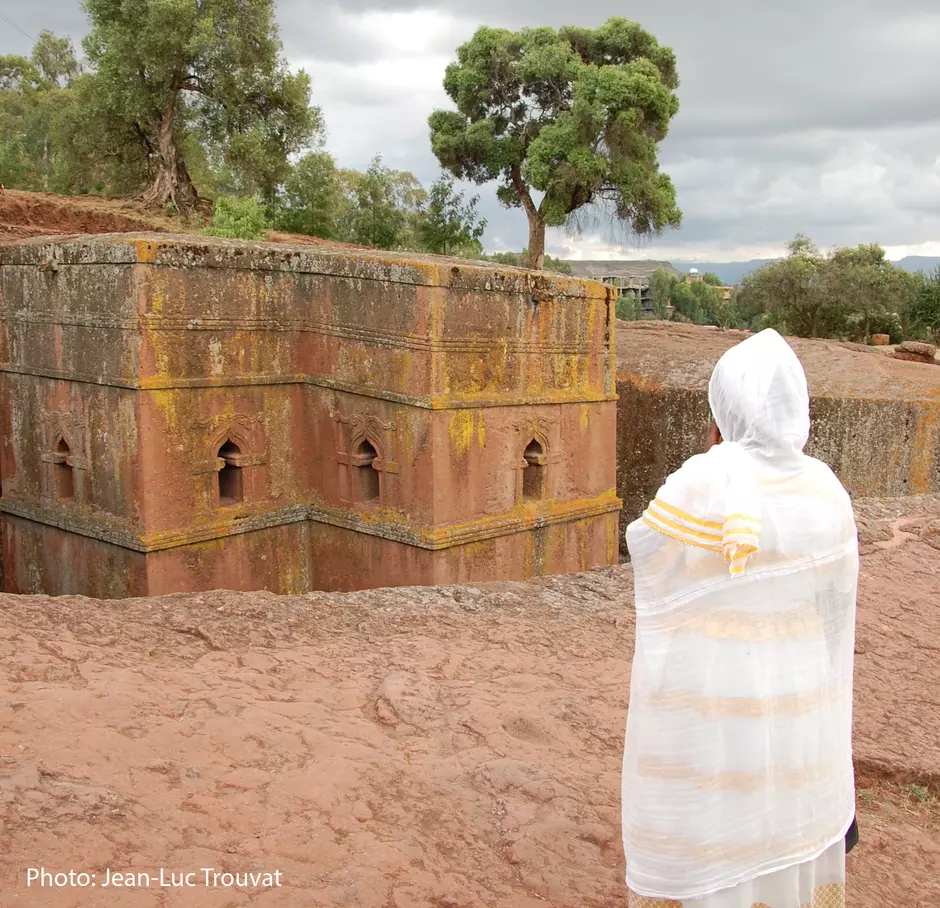Ethiopia is currently experiencing a cholera epidemic, with at least 6,789 suspected cases reported from January to August 2020. Against a backdrop of multiple humanitarian crises in the country, including flooding, poor access to clean drinking water and the COVID-19 pandemic, it is critical to quickly control the current cholera outbreaks.
The country of Ethiopia is currently experiencing a cholera epidemic that began in early 2019 (1). From January to August 2020, at least 6,789 cholera cases have been reported in the country (2). The most affected regions are SNNP (4,819 suspected cases), Somali (1,319 suspected cases) and Oromia (651 suspected cases) (2).
The identified risk factors in the affected areas include poor access to healthcare services, unsafe water, and poor hygiene and sanitation practices (2,3). Indeed, only 11.4% of the general Ethiopian population have access to safely managed drinking water services (i.e., drinking water from an improved source located on premises, available when needed and free from contamination) (4). The situation is worse for those in rural areas, where a mere 4.6% of the population has access to safely managed drinking water services (4). Due to the lack of safe water supply across most of the country, many populations resort to using unprotected water sources such as rivers, ponds and streams (2). Additionally, recent incidences of increased rainfall and flooding has further exacerbated the risk of cholera in these areas, by contaminating unprotected drinking water sources (2,3).

To control the outbreak, the government has implemented disease surveillance activities, early case detection, case management, and the prepositioning of medical and laboratory supplies (5). However, several challenges have complicated the epidemic response. Some of the affected zones are conflict-prone areas and areas with food insecurity (2). In South Omo Zone, the difficult terrain and inaccessibility of most of the affected kebeles (the smallest administrative unit of Ethiopia) in the zone has also hindered the response (2). The COVID-19 pandemic has also exacerbated the situation (3). From 13 March to 23 August, a total of 40,671 COVID-19 cases have been reported in Ethiopia (6,7). Due to the COVID-19 pandemic, the humanitarian response has become more difficult to deliver due to access constraints arising from travel restrictions (3), and the frontline workers are overwhelmed (2).
Against a backdrop of the compound crisis and the presence of multiple risk factors that may facilitate the spread of cholera, it is critical to quickly control the current cholera outbreaks - focusing on high-risk and hotspot areas - before the epidemic spreads to other parts of the country
References
1. WHO. Weekly Bulletin on Outbreaks and Other Emergencies (week 23, 2019) [Internet]. 2019. Available from: https://reliefweb.int/sites/reliefweb.int/files/resources/OEW23-0309062019.pdf
2. OCHA. Humanitarian Bulletin Ethiopia - Issue #13 (27 July - 11 August 2020). 2020.
3. UNICEF. Ethiopia Country Office: Hunitarian Situation Report [Internet]. 2020. Available from: https://reliefweb.int/sites/reliefweb.int/files/resources/UNICEF Ethiopia Humanitarian Situation Report - April-May 2020.pdf
4. WHO, UNICEF. WHO/UNICEF Joint Monitoring Programme for Water Supply, Sanitation and Hygiene (JMP) [Internet]. Household WASH data, per country. 2019 [cited 2019 Nov 27]. Available from: https://washdata.org/data/household#!/
5. IFRC. Ethiopia: Cholera outbreak response - Final Report (August 5, 2020) [Internet]. 2020. Available from: https://reliefweb.int/report/ethiopia/ethiopia-cholera-outbreak-response-final-report-dref-n-mdret021
6. OCHA. Ethiopia: Humanitarian Snapshot [Internet]. 2020. Available from: https://reliefweb.int/sites/reliefweb.int/files/resources/ethiopia_humanitarian_snapshot_may2020.pdf
7. Johns Hopkins University. Coronavirus COVID-19 Global Cases by the Center for Systems Science and Engineering [Internet]. 2020 [cited 2020 Aug 24]. Available from: https://gisanddata.maps.arcgis.com/apps/opsdashboard/index.html#/bda7594740fd40299423467b48e9ecf6

